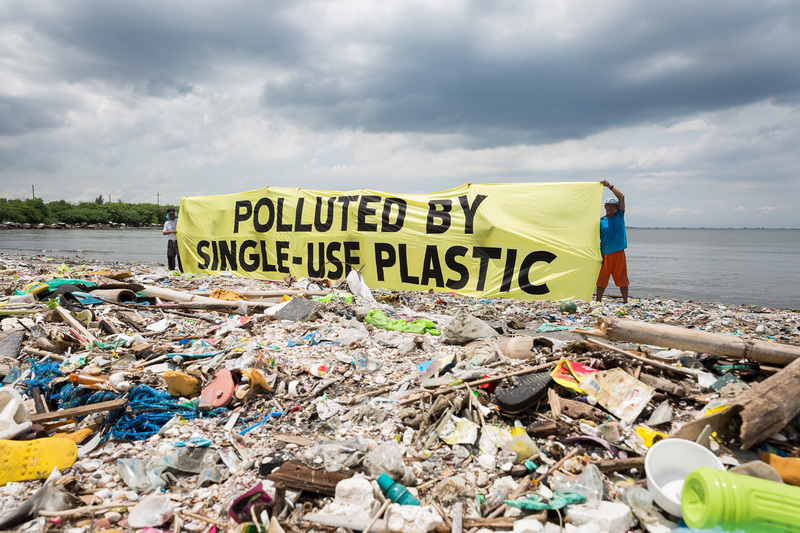Nairobi, 20 June 2019 –The government spokesperson Colonel (Rtd) Cyrus Oguna today, called a media briefing and issued a statement on the controversial Lamu Coal Power Plant. Colonel Oguna alluded to the fact that the technology to be used on the Lamu Coal Plant will be Ultra-Super Critical (USC) and that communities from Lamu will rip many benefits including clean water, fertilizer used for agricultural activities and employment opportunities.
In response to this development, Greenpeace Africa’s Campaigner Amos Wemanya has said:
“The decision by the government to host a press briefing was irresponsible considering that the matter is under consideration by the National Environment Tribunal (NET). Taking this approach is a PR stunt and waters down economic and scientific evidence that speaks to the need to stop any coal investment in Kenya.
“The most embarrassing aspect is that the pronouncements made by the government spokesperson contradicts national commitments made by the President of Kenya. This suggests that the arms of government are not aligned or working together.
“Colonel (Rtd) Cyrus Oguna argues that sulphur from the coal plant will be used to spur agriculture production and food security. Coal is dirty and highly polluting. Sulphur is one of the most hazardous elements in coal. When coal is burned, the sulphur combines with oxygen to form sulphur oxides. The spokesperson promises Kenyans abundance of acid rain as a result of sulphur caused by a chemical reaction that begins when compounds like sulphur dioxide and nitrogen oxides are released into the air.
“Coal is the largest contributor to the human-made increase of carbon dioxide in the atmosphere. There are severe health impacts caused by burning coal. The World Health Organization 2008 report shows that pollution from coal particulates are estimated to shorten approximately 1,000,000 lives annually worldwide.
“Saying that the people of Lamu will have access to clean water as a result of the plant is a blatant lie. Burning coal to produce electricity is an incredibly water intensive process, with a number of serious implications for both water quantity and quality. According to the Department of Defense National Energy Technology Laboratory (NETL), a wet recirculating cooling water system for a 520-MW coal-fired power plant uses about 12 million gallons of water per hour. The Lamu coal-fired power plant will use substantial amounts of water, putting Kenya’s water resources at risk. There are alternatives to coal but there is no alternative to water.
“Renewable energy sources offer options for Kenya to meet its energy challenges. We have massive potential in Geothermal, Solar, and Wind. All these offer safe opportunities for Kenyans to thrive economically, and socially. Renewable energy will safely power businesses, agricultural productivity, cottage industrial activities that are critical to Kenya’s people’s prosperity.
“Communities are standing up against selfishness and greed perpetuated by a few individuals and investors who are driven by profits. The voices of these communities are articulated in petitions submitted to the court, against the development of the Lamu coal project. It is time the government of Kenya protected its people.”
Media contact:
Hellen Dena, Greenpeace Africa’s Communication Officer, [email protected], +254 717 104144



